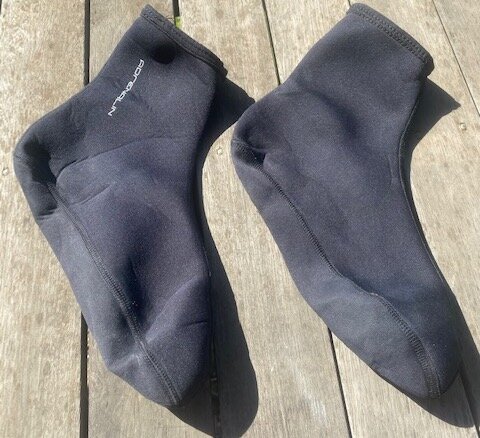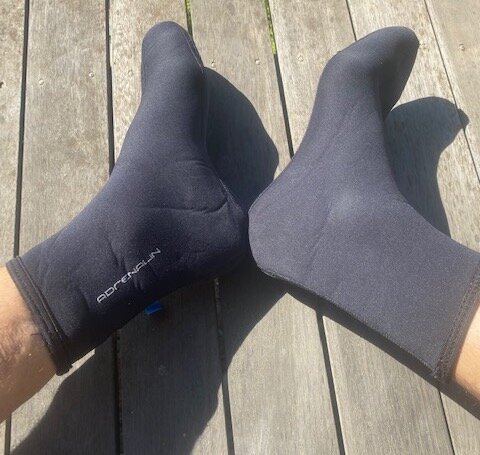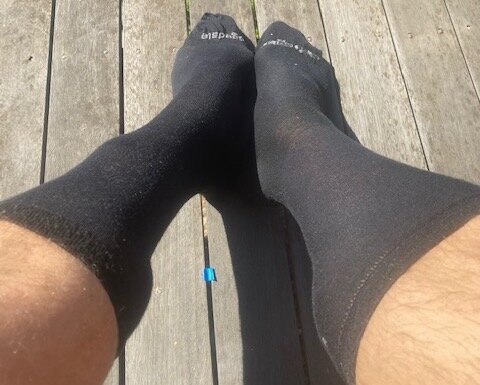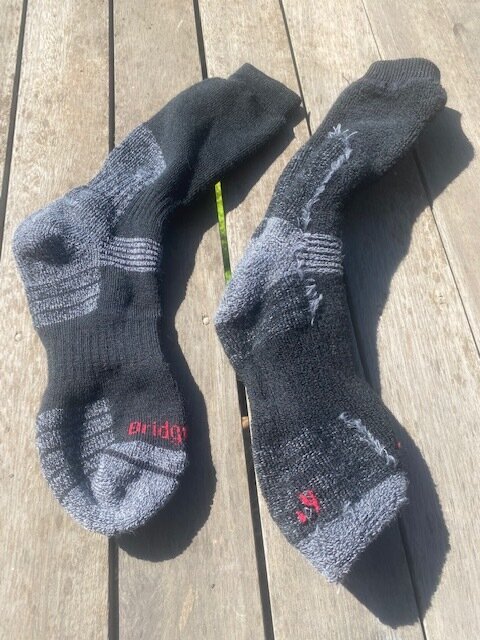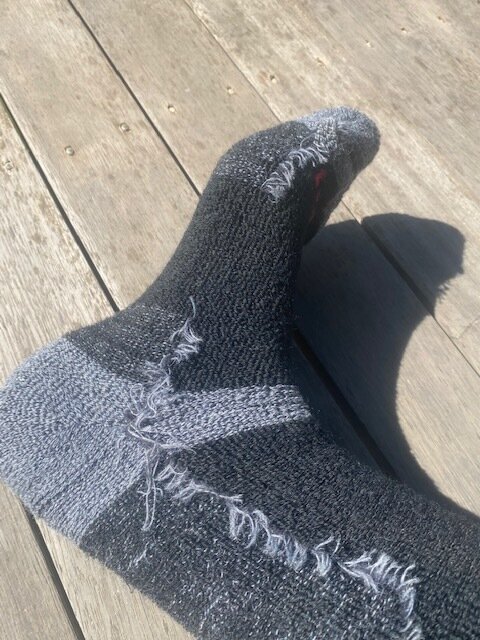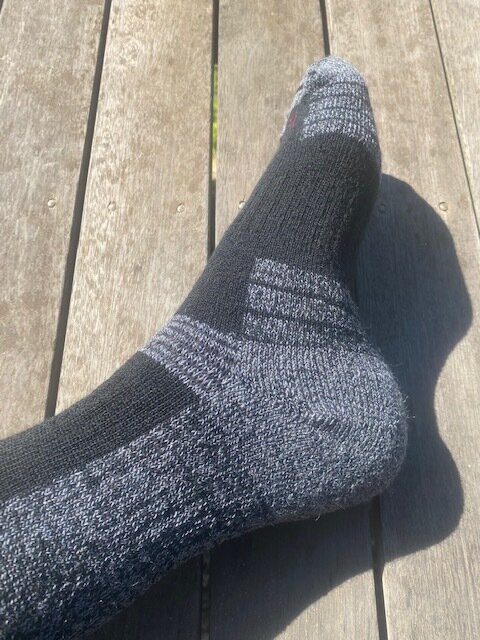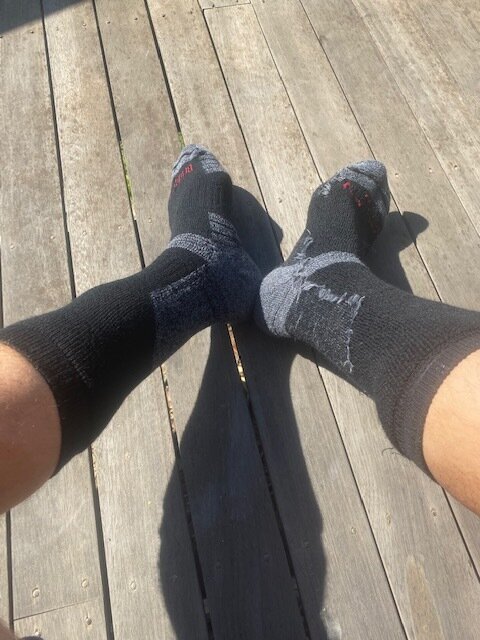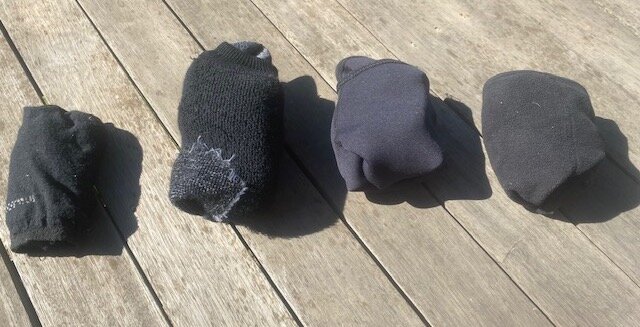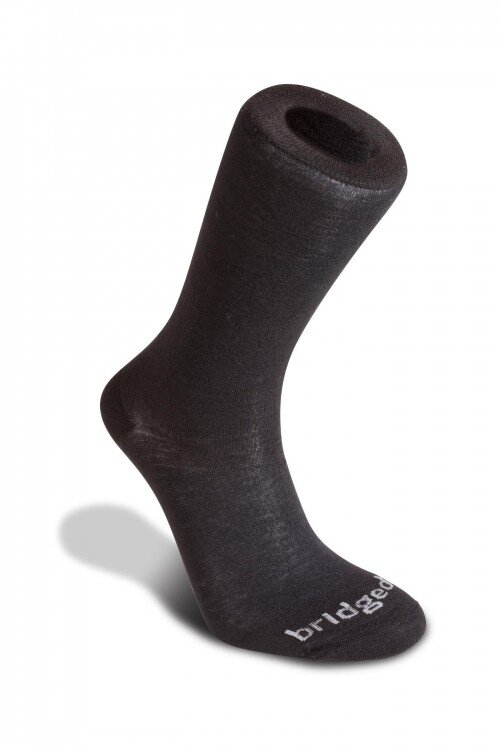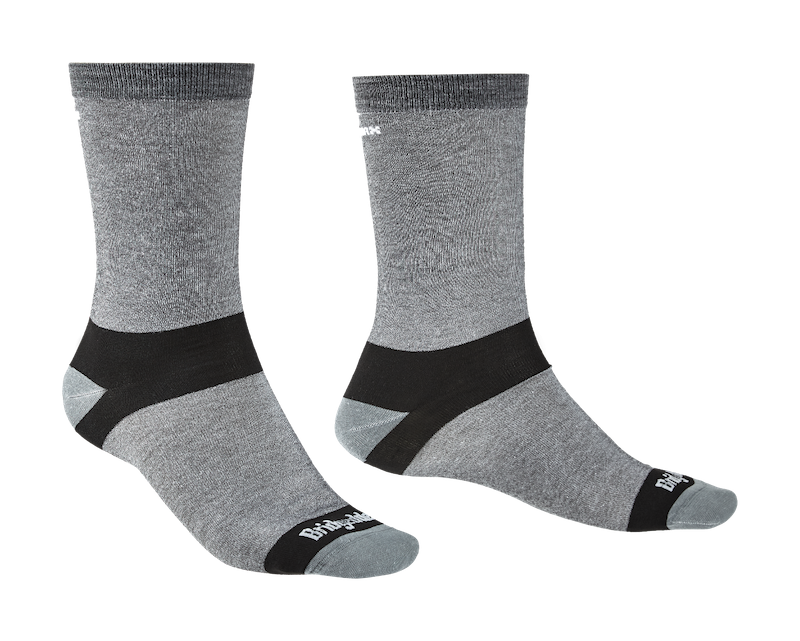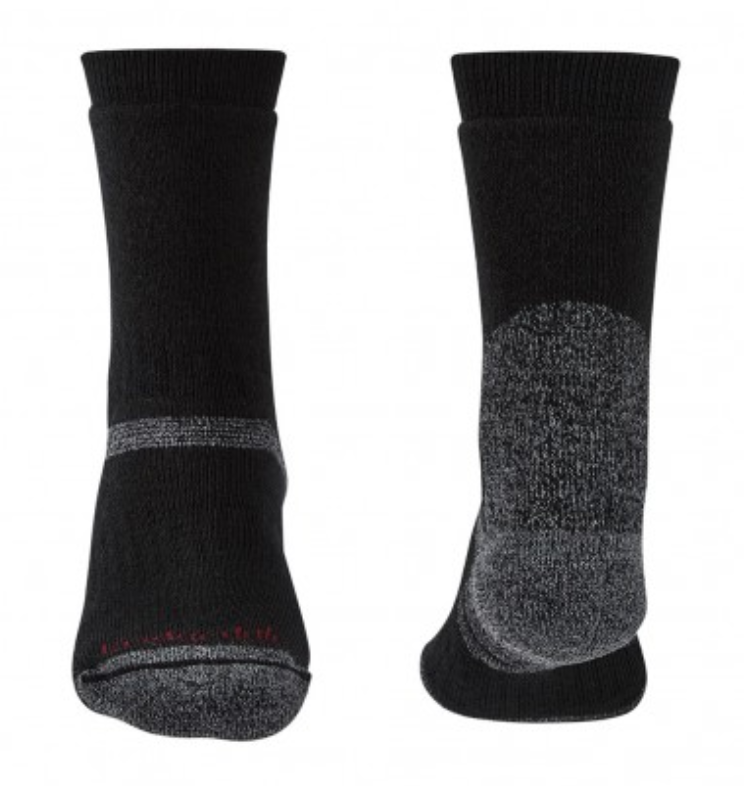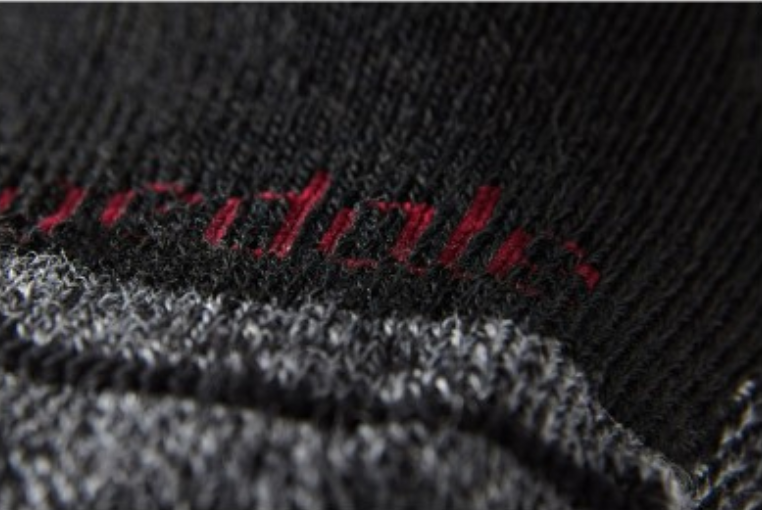I usually get about 2 years out of the gaskets on my Kokatat Goretex Meridian Dry Suit. Gaskets are effectively a consumable item and even with care you can expect to replace them at some point if you use your dry suit regularly for sea or river paddling, kayak fishing, even SUP.
Maintenance
To maximise the longevity of your gaskets and the life of your dry suit:
Gaskets: It is vital to avoid getting sunscreen or insect repellant on the gaskets or anywhere on the drysuit.
Take care of gaskets when putting on the suit and removing it - avoid wearing a watch or spiky jewellery on your head and hands.
Treat the gaskets with 303 Protectant, but not too often - every month or so over the course of regular wear.
Fabric: Rinse your suit after use - the easiest way is to use the outdoor shower found at many beach locations (while still wearing the suit). Allow to dry in the shade. We recommend periodically wash with a good Goretex wash such as Grangers Performance Wash - cool water, can be by hand or gentle machine wash.
Hang the suit to dry in the shade and store it loose. Do not use bleach or dry cleaning.
Zipper: Use a zipper lubricant such as GearAid Zipper Lubricant Stick to keep the zipper running smoothly and makes it easier to close completely.
Socks: Consider what you are standing on when you are getting in and out of your dry suit. Have something clean between your feet and the sand or car park gravel (eg. foam mat) to avoid puncturing small holes in the feet. Always wear (wet)shoes. GearAid Aquaseal FD Repair Adhesive can be used on small holes.
Gasket replacement
I get about two years solid use out of my gaskets as the suit gets a lot of use in the course of work. They then need to be replaced. Gasket replacement is best done by a professional, but can be DIY if you are handy, purchasing just the gaskets, or with a tool kit Kokatat has put together. The toolkit can be used with any brand of gasket / suit, not just Kokatat.
The Youtube videos below show how to remove the old latex and attach new. After doing this a few times there will be a build up of latex - it might be time to let a professional do the next one, though if the suit is several years old it may be time for a new suit!
Neck Gasket replacement
Wrist, bicep and ankle gasket replacement
What brand of gaskets - Kokatat vs other brands
Kokatat have their own set of neck, wrist & bicep gaskets. The difference is in the size of the attachment area, which differs from other brands such as NRS and Peak. Gaskets from Peak & NRS will fit a range of brands but Kokatat gaskets should be used for Kokatat jacket & suits only.
Kokatat Gaskets - Small or Large only.
Peak & NRS - Sizes XS to XL
Ankle gaskets - generally used in a range of dry pants where you don’t have dry feet, instead a gasket around the ankle. These are one size only.
We can replace your Gaskets
If you don’t want to replace your gaskets yourself, we can do it for you. Please allow a week or so, and supply a pre-paid Australia Post satchel for us to send it back. Price includes the gaskets but check online first that we have the size and brand you need.
Other Repairs
Rips and tears are an unfortunate side affect of using your suit in vigorous conditions. We don’t do these major repairs but we can put you in touch with people who can.
Unknown leaks (particularly) in a new suit: number one is check that the zips are properly closed - they should ‘click’ into place. A zipper lubricant is good to apply occasionally. If that isn’t effective, pressure test - submerge the suit or jacket in water holding the various segments closed (arm, legs etc) and see if there are any air bubbles escaping.
Small leaks, particularly if you have punctured your suit on a bit of gravel, can be fixed by applying Aquaseal FD Repair Adhesive (same adhesive used for replacing gaskets). For bigger tears in the fabric it is best to consult a repairer - we can put you in contact with repairers in Victoria (can post your suit).







